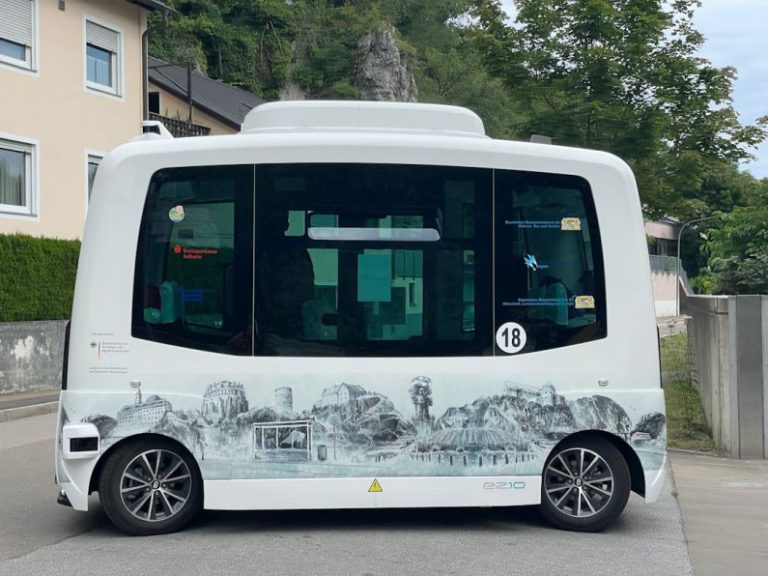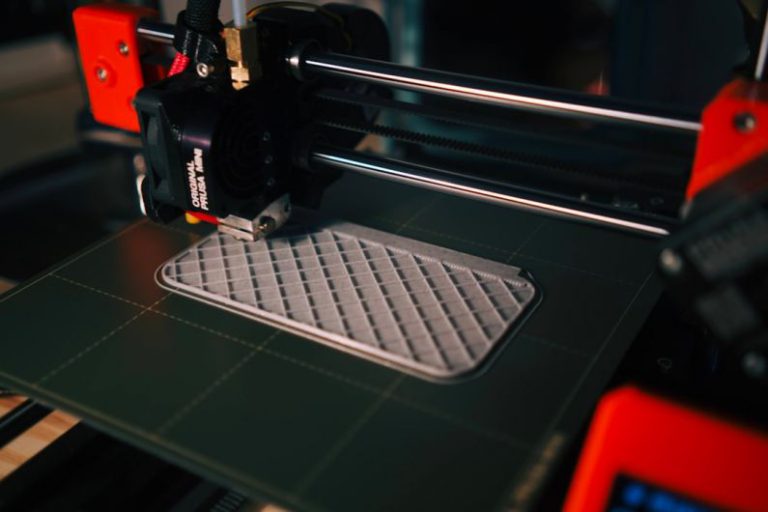Vision 2030: the Evolving Landscape of Tire Retreading
The tire retreading industry is undergoing a significant transformation as we approach the year 2030. With advancements in technology, changing market demands, and a growing focus on sustainability, tire retreading is set to play a crucial role in the future of the automotive industry. In this article, we will explore how the landscape of tire retreading is evolving and what the future holds for this important sector.
Advancements in Technology
One of the key drivers of change in the tire retreading industry is the rapid advancements in technology. In recent years, we have seen the development of new retreading processes that are more efficient, cost-effective, and environmentally friendly. Automated retreading equipment, advanced rubber compounds, and innovative tread designs are revolutionizing the way tires are retreaded, leading to higher quality products and increased durability.
The adoption of artificial intelligence and machine learning algorithms is also transforming the retreading process, allowing for more precise monitoring of tire wear and performance. These technologies enable retreaders to optimize their processes, minimize waste, and deliver customized solutions to meet the specific needs of their customers. As we look towards 2030, technology will continue to drive innovation in the tire retreading industry, making it more efficient and sustainable than ever before.
Changing Market Demands
Another factor shaping the future of tire retreading is the changing market demands within the automotive industry. With a growing emphasis on sustainability and environmental responsibility, many fleet operators and consumers are turning to retreaded tires as a cost-effective and eco-friendly alternative to new tires. This shift in consumer behavior is driving the demand for high-quality retreaded tires that offer comparable performance to new tires at a fraction of the cost.
Moreover, the rise of electric vehicles (EVs) and autonomous driving technologies is also influencing the demand for retreaded tires. EVs, with their unique tire wear patterns, require specialized retreading solutions to maximize their lifespan and performance. Similarly, autonomous vehicles, which rely heavily on tire sensors and data analytics, are creating opportunities for retreaders to develop smart retreading solutions that can enhance vehicle safety and efficiency. As the automotive industry continues to evolve, tire retreaders will need to adapt to these changing market demands to remain competitive in the future.
Sustainability and Environmental Impact
Sustainability is a driving force behind the evolution of the tire retreading industry. Retreaded tires consume fewer raw materials, energy, and water compared to new tires, making them a more sustainable choice for fleet operators and consumers. By extending the lifespan of tires through retreading, we can reduce the environmental impact of tire manufacturing and disposal, leading to a more circular economy and a healthier planet.
In addition to reducing waste and conserving resources, tire retreading also plays a crucial role in reducing carbon emissions and combating climate change. Retreaded tires have a lower carbon footprint compared to new tires, as they require less energy to produce and transport. By promoting the adoption of retreaded tires, governments, businesses, and consumers can contribute to the global effort to reduce greenhouse gas emissions and build a more sustainable future for all.
The Road Ahead: Opportunities and Challenges
As we look towards 2030, the tire retreading industry is poised for growth and innovation. The adoption of advanced technologies, changing market demands, and a focus on sustainability are creating new opportunities for retreaders to expand their businesses and reach new customers. However, this evolution also brings challenges that must be addressed, such as the need for standardized quality control measures, regulatory compliance, and industry collaboration.
To thrive in the future, tire retreaders must invest in research and development to drive innovation, improve product quality, and meet the evolving needs of the market. By embracing new technologies, sustainability practices, and customer-centric solutions, retreaders can position themselves as leaders in the automotive industry and make a positive impact on the environment. Vision 2030 holds immense promise for the tire retreading industry, and with the right strategies and mindset, retreaders can pave the way for a more sustainable and efficient future.






